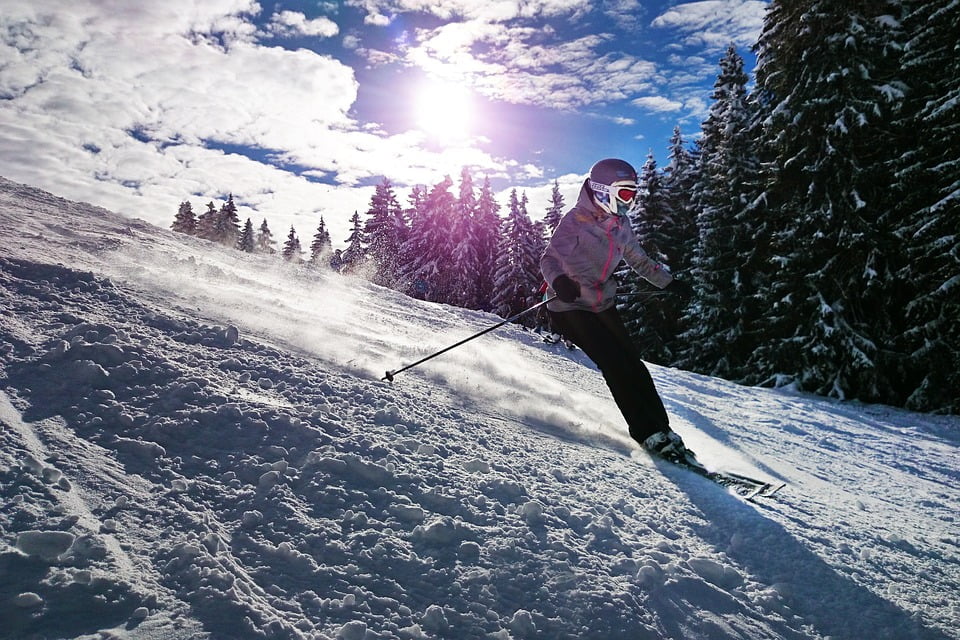Unbiased Article Reveals Five New T…
등록일
24-09-04
조회
73
 Horse racing is a popular sport that has been enjoyed around the world for centuries. One of the key components of horse racing is the race track itself. Horse racing tracks come in all shapes and sizes, from small local tracks to world-renowned racing venues. These tracks play a crucial role in the sport, providing a safe and competitive environment for horses and jockeys to showcase their skills.
Horse racing is a popular sport that has been enjoyed around the world for centuries. One of the key components of horse racing is the race track itself. Horse racing tracks come in all shapes and sizes, from small local tracks to world-renowned racing venues. These tracks play a crucial role in the sport, providing a safe and competitive environment for horses and jockeys to showcase their skills.One of the most famous horse racing tracks in the world is the Churchill Downs in Louisville, Kentucky. Home to the prestigious Kentucky Derby, Churchill Downs has a long and storied history in horse racing. The track features a dirt main track and a turf course, allowing for a variety of racing events throughout the year. Another iconic track is the Ascot Racecourse in England, known for its royal connections and high-class racing events such as the Royal Ascot.
In the United States, horse racing tracks can be found in nearly every state. Some of the well-known tracks include Santa Anita Park in California, Belmont Park in New York, and Gulfstream Park in Florida. These tracks host a variety of races throughout the year, ranging from sprint races to marquee events like the Breeders' Cup and the Triple Crown series.
Horse racing tracks can vary in size and layout, with some tracks being oval-shaped while others are more rectangular. The size of the track can also impact the type of races that are run, with longer tracks typically hosting longer distance races. The surface of the track is another important factor, with most tracks featuring either dirt or turf surfaces. Each type of surface has its own unique challenges, which can affect the performance of the horses and jockeys.
In recent years, there has been a growing concern over the safety of horse racing tracks. Accidents and injuries can occur on the track, leading to serious consequences for both the horses and jockeys involved. As a result, many tracks have implemented safety measures such as improved track maintenance, better drainage systems, and increased oversight by regulatory bodies. These measures are designed to ensure the safety and well-being of the horses and jockeys that compete on the track.
Despite these challenges, horse racing tracks continue to play a vital role in the sport of horse racing. They provide a platform for horses and jockeys to compete at the highest level, showcasing their talent and skill to the world. Horse racing tracks also serve as a gathering place for fans and enthusiasts, who come together to cheer on their favorite horses and enjoy the thrill of the race.
In conclusion, horse racing tracks are an essential part of the sport of horse racing. They provide a venue for horses and jockeys to showcase their talent, while also serving as a gathering place for fans and enthusiasts. Horse racing tracks come in all shapes and sizes, from local tracks to world-renowned venues, each playing a crucial role in the success of the sport. Despite the challenges that they may face, horse racing tracks remain an integral part of the horse racing industry, ensuring that the sport continues to thrive and evolve in the years to come.


